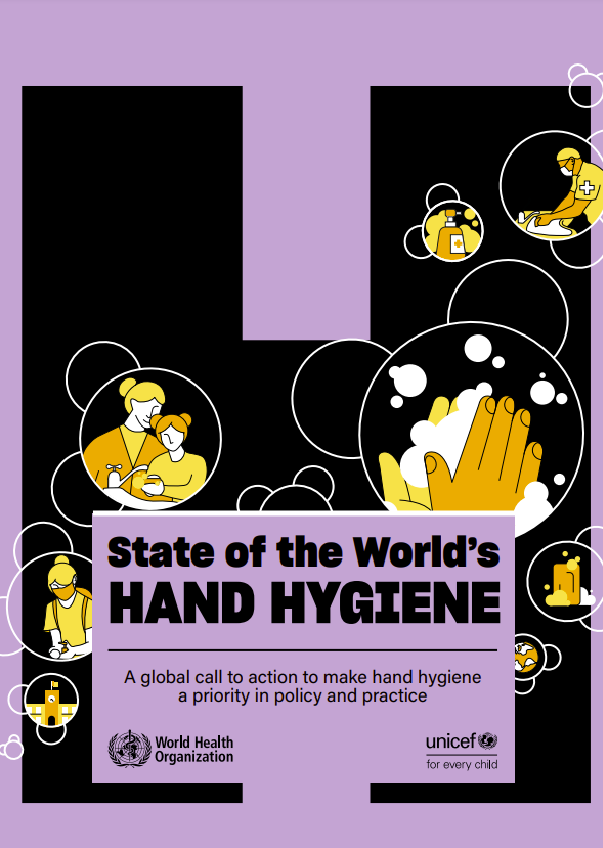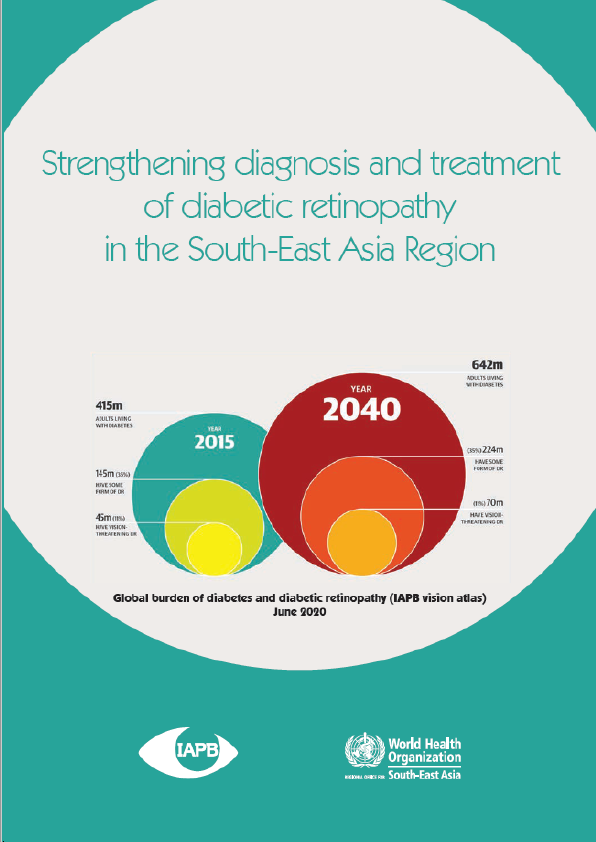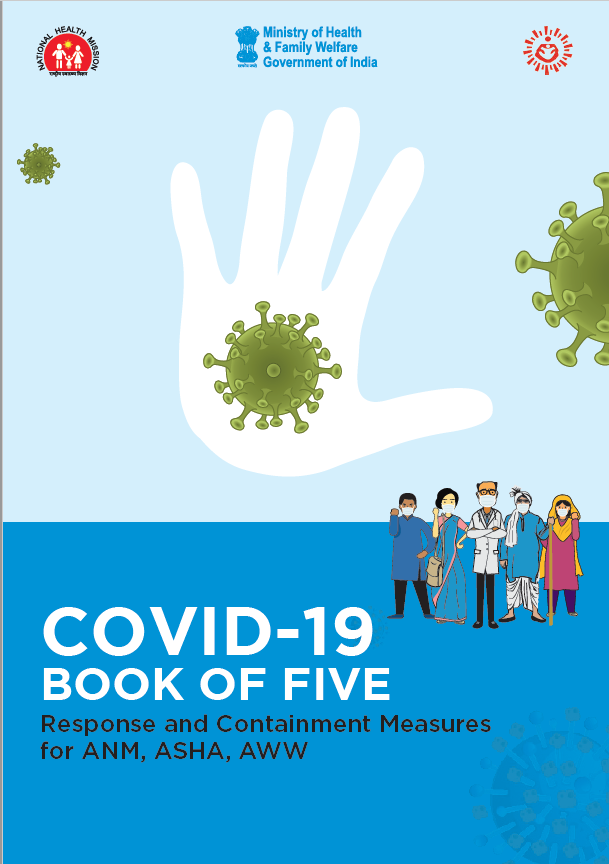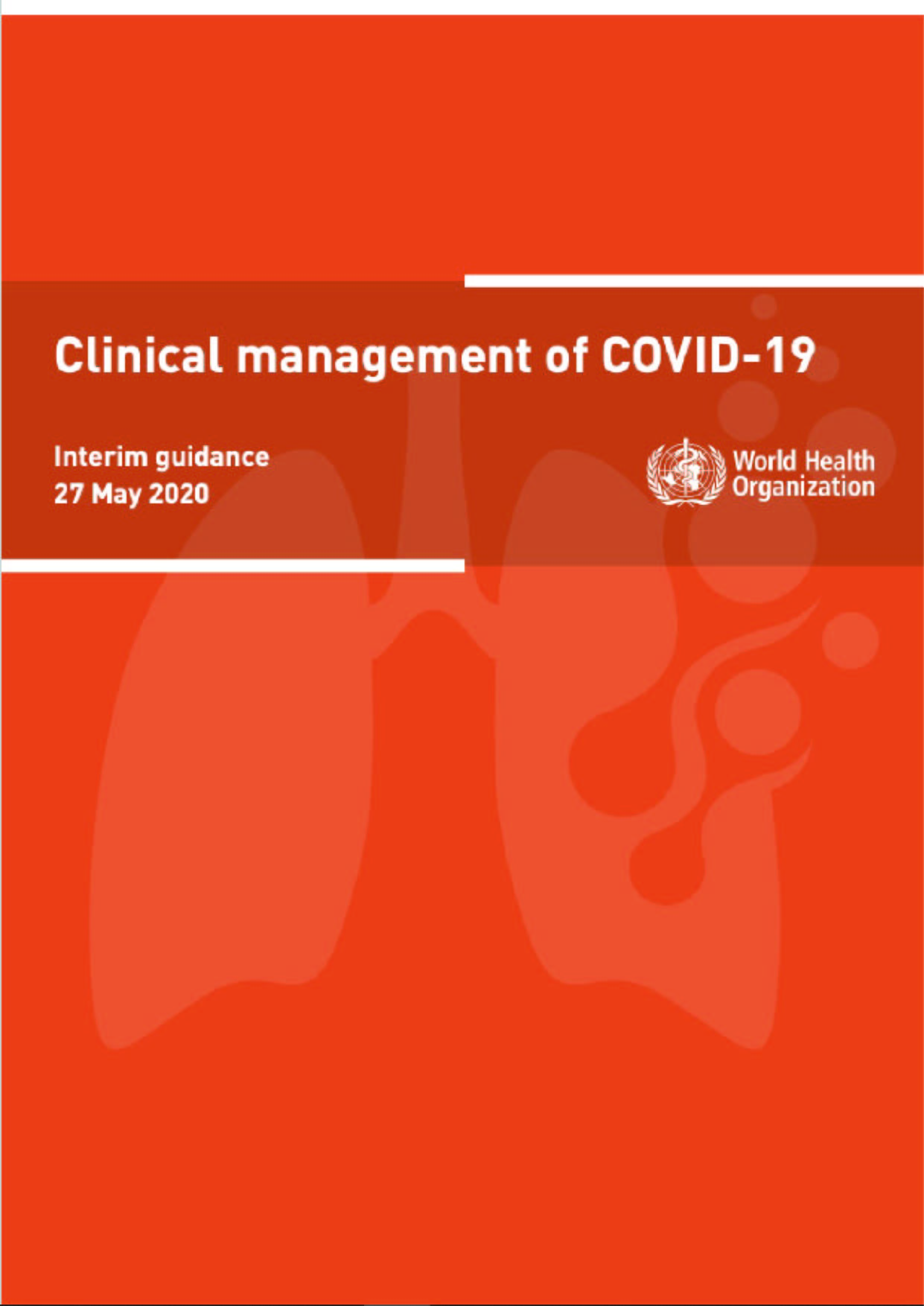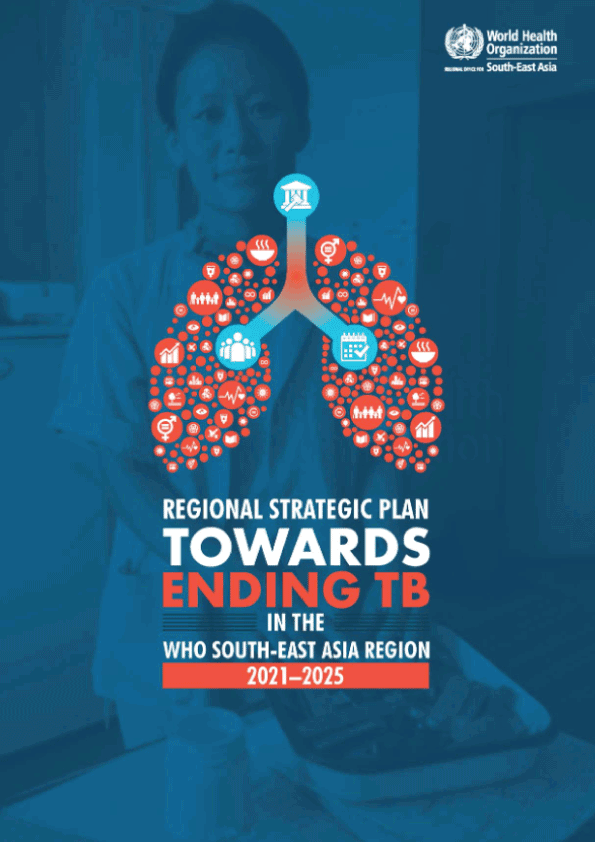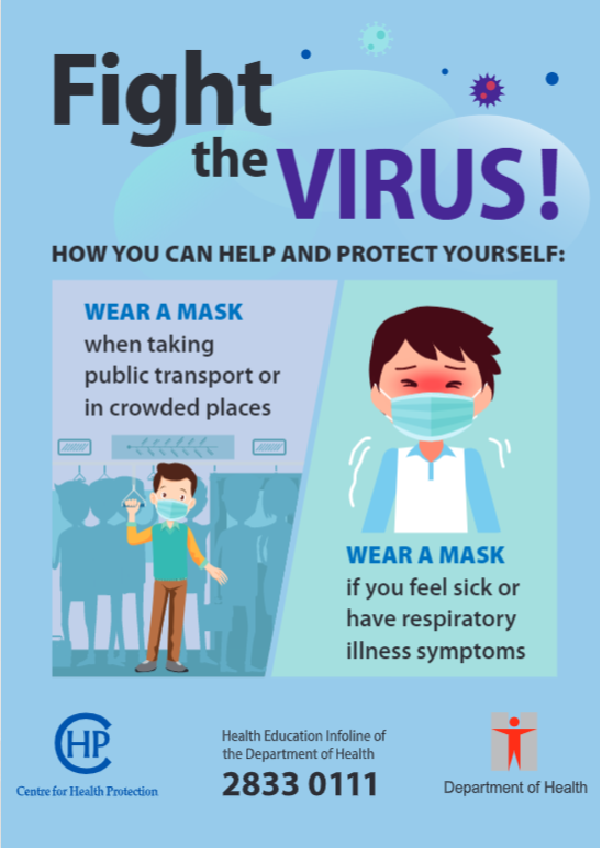Sustainable Development Goal (SDG) 6 calls for the global community to achieve access to hygiene for all by 2030. Hand hygiene is one of the most important elements of hygiene. However, both access to the facilities to practise hand hygiene and support for the behaviours required are missing in many settings.
It is estimated that three out of ten people, 2.3 billion globally, lack a facility with water and soap available to wash their hands at home, including 670 million who have no handwashing facility at all. Facilities are also missing in many health care facilities, schools and public places. For instance, 7 per cent of health care facilities in sub-Saharan Africa, and 2 per cent globally, have no hand hygiene services at all, and 462 million children attend schools with no hygiene facilities.
The simple act of cleaning hands can save lives and reduce illness by helping prevent the spread of infectious diseases. These diseases can be caused by pathogens (germs) transmitted through the air or via surfaces, food or human faeces. Because people frequently touch their face, food and surfaces, hands play a significant role in spreading disease. It is estimated that half a million people die each year from diarrhoea or acute respiratory infections that could have been prevented with good hand hygiene. As well as preventing a multitude of diseases, hand hygiene can help avoid significant financial costs resulting from sickness and death.
During the COVID-19 pandemic, hand hygiene received unprecedented attention and became a central pillar in national COVID prevention strategies. This has created a unique opportunity to position hand hygiene as an important long-term public policy issue. The evidence shows that hand hygiene is a highly cost-effective investment, providing outsized health benefits for relatively little cost; truly a ‘no-regrets’ investment.
Despite efforts to promote hand hygiene, often supported by the international community and coinciding with epidemics or emergencies, the rates of access to hand hygiene facilities remain stubbornly low. If current rates of progress continue, by the end of the SDG era in 2030, 1.9 billion people will still lack facilities to wash their hands at home.
Governments should commit to hand hygiene not as a temporary public health intervention in times of crisis, but as a vital everyday behaviour that contributes to healthand economic resilience. The global community finds itself at a unique moment in time – one of both urgency and opportunity. The time to accelerate progress on hand hygiene is now – before the next health crisis is upon us.
Both citizens and governments have a role to play. Governments should show leadership and make hand hygiene a public policy issue, backed with relevant regulation and enforcement. Water must be made easily accessible to allow hand hygiene everywhere, and hand hygiene facilities should be available and used in every health care facility and school. Governments should make strategic investments in promotion and capacity building. Analysis shows that government expenditure in hand hygiene promotion will heavily leverage investments by households.
Individuals should adopt and maintain hand hygiene behaviours, and expect others to do the same. Households can invest in handwashing facilities, which can be as simple as a jug and a bowl, and purchase soap. The private sector has a role to play, working with governments, to make hand hygiene facilities, water and soap widely available and affordable by all.
As this report shows, investment in five key ‘accelerators’ – governance, financing, capacity development, data and information, and innovation – identified under the UN-Water SDG 6 Global Acceleration Framework – can be a pathway towards achieving hand hygiene for all.
Good governance begins with leadership, effective coordination and regulation: It is critical that governments establish clear policy relating to both service availability that facilitates handwashing, including readily available water, and the behaviours required to ensure hand hygiene is common practice in all relevant settings. Hand hygiene should be championed – by a head of state, minister or another senior political figure ready to assume the challenge of driving progress. Local leadership is equally important; states, districts and villages should also be committed. All levels of government need to be clear that hand hygiene is a crucial public policy issue, and progress requires targets, strategies, roadmaps and budgets.
Smart public finance unlocks effective household and private investment: Governments should seek ways to ensure public spending has the maximum impact possible and stimulates investments from households and the private sector. The cost of hand hygiene can be shared between government and citizens. Strategic government spending on promotion, reinforcement and education both catalyses and optimizes household investment. Governments should invest in hand hygiene in schools and health care facilities, set clear rules for these facilities, and regulate businesses so that hand hygiene is ensured. Governments have an important role to play in investing in water supply systems, so that they provide easily available water in quantities that facilitate handwashing.
Capacity at all levels drives progress and sustains services: Governments should assess current capacity with respect to their hand hygiene policy and strategies, identify gaps and develop capacity-building strategies based on the rigorous application of best practice. There are serious gaps in capacity for the promotion and sustained uptake of hand hygiene, and for many stakeholders this represents uncharted territory. Research into what works in various settings has resulted in critical hand hygiene innovations over the decades. This research is ongoing, and it remains a challenge for governments and others to keep up with the evolving evidence base to ensure effective implementation of innovation. In manycases, countries need to invest in entirely new skillsets, in terms of how to create an enabling policy environment, promote hand hygiene, incentivize the private sector to engage, and regulate and enforce policy. Capacity needs to be built at all levels, across all settings: both nationally and locally, within governments, the private sector and society as a whole.
Reliable data support better decision-making and stronger accountability: Governments should address the need for consistent data on hand hygiene in order to inform decision-making and make investments strategic. While there have been dramatic improvements in the availability of data on hand hygiene in recent years, particularly for households, gaps still remain. There are aspects of hand hygiene in health care facilities that are not comprehensively monitored, and little data exists on the availability and affordability of soap. The lack of data makes tracking progress against national and international targets problematic, and, in turn, makes decisions about policy, programming and investment difficult for governments. Data can be collected through incorporating a standardized handwashing module in household surveys and also through innovative approaches using mobile phones. Examples include crowdsourced data on hand hygiene in public places in Indonesia, and data collected by SMS surveys in Africa on the effects of the COVID-19 pandemic on the availability of soap.
Innovation leads to better approaches and meets emerging challenges: Governments and supporting agencies should encourage innovation, particularly on the part of the private sector, in order to roll out hand hygiene for all, in all settings. New ideas are needed to overcome challenges, such as lack of water supply, uneven soap availability and the impediment of affordability.
